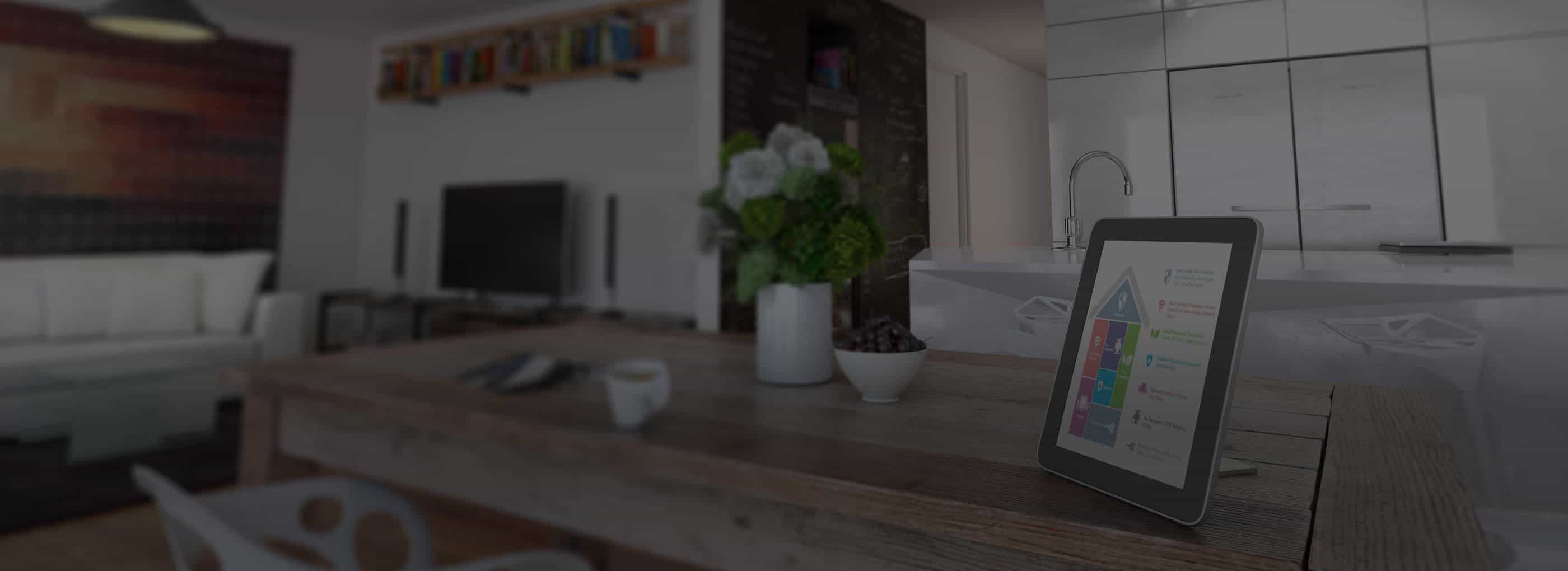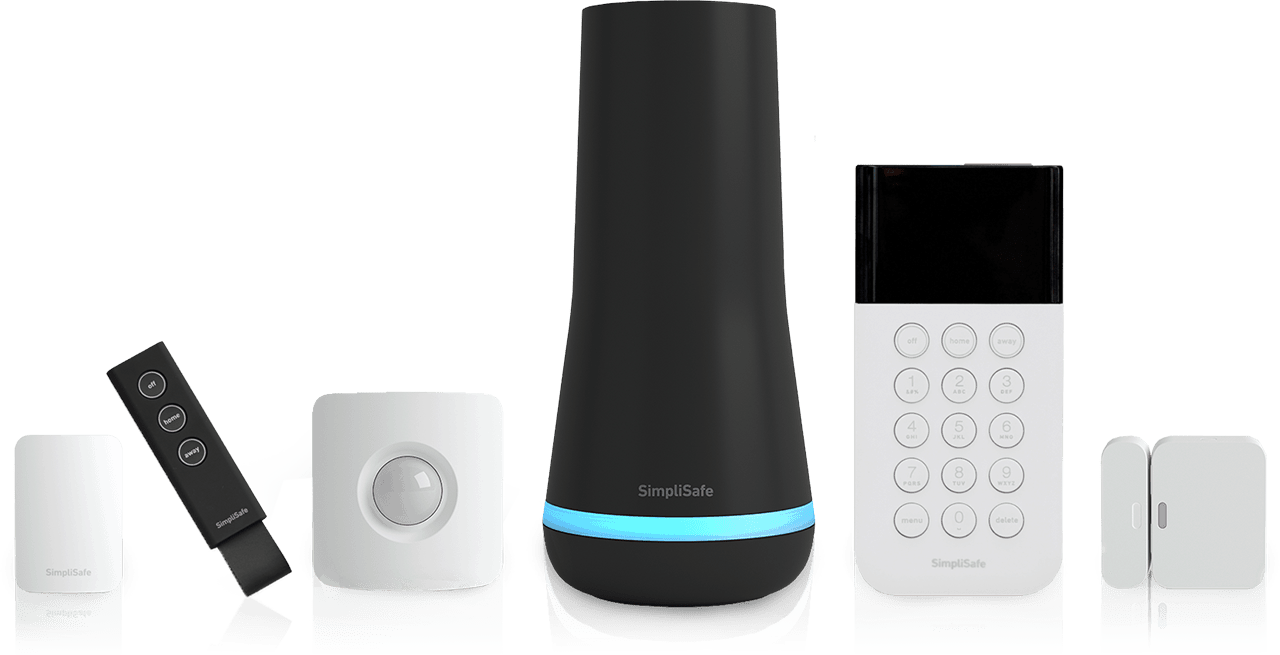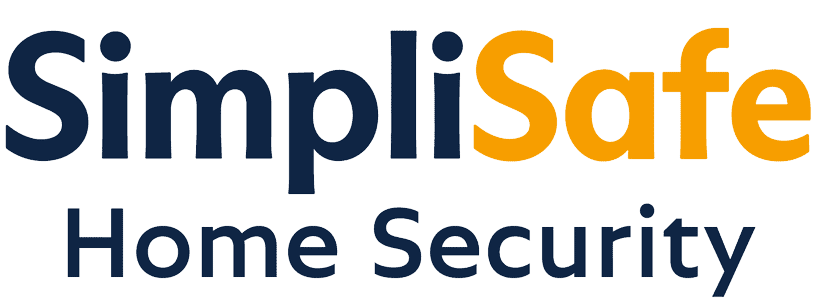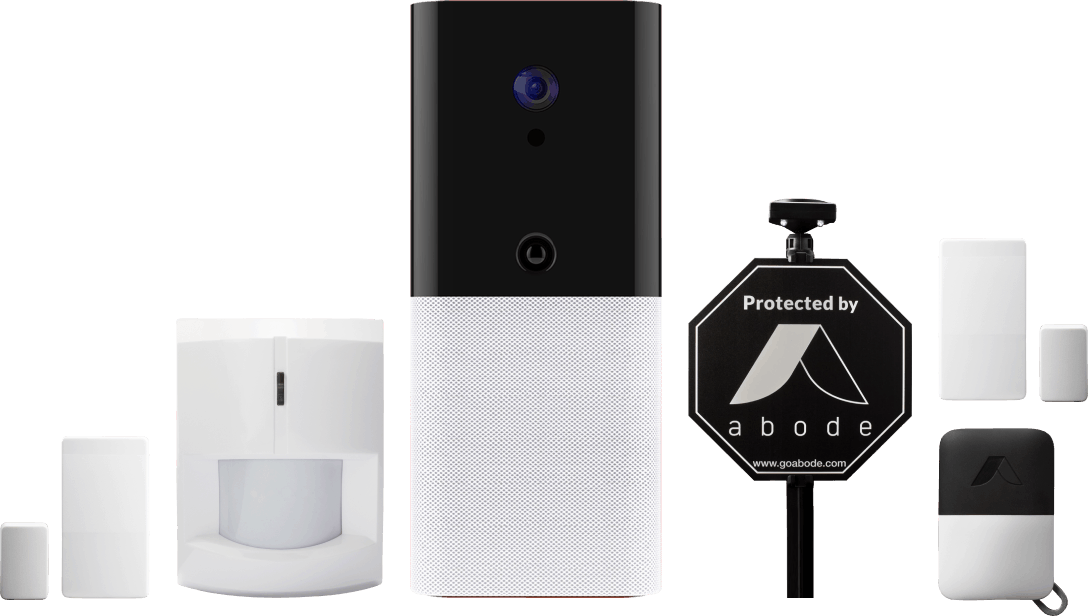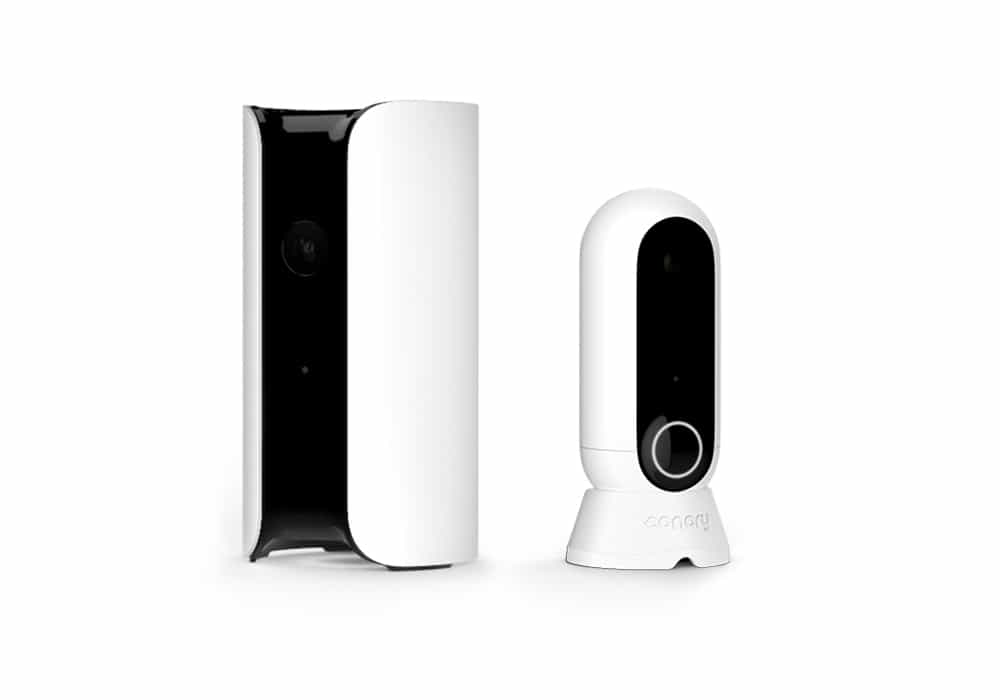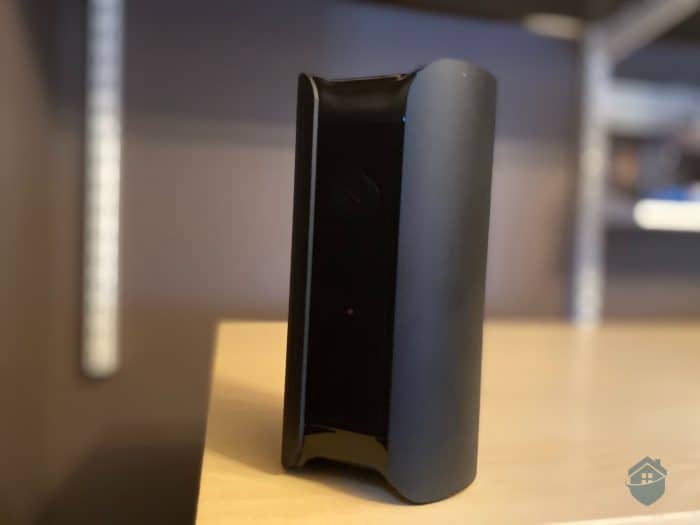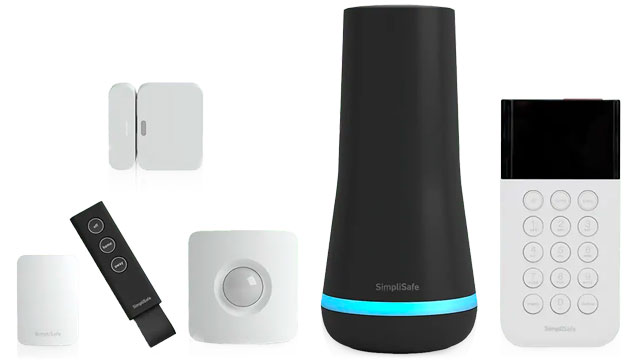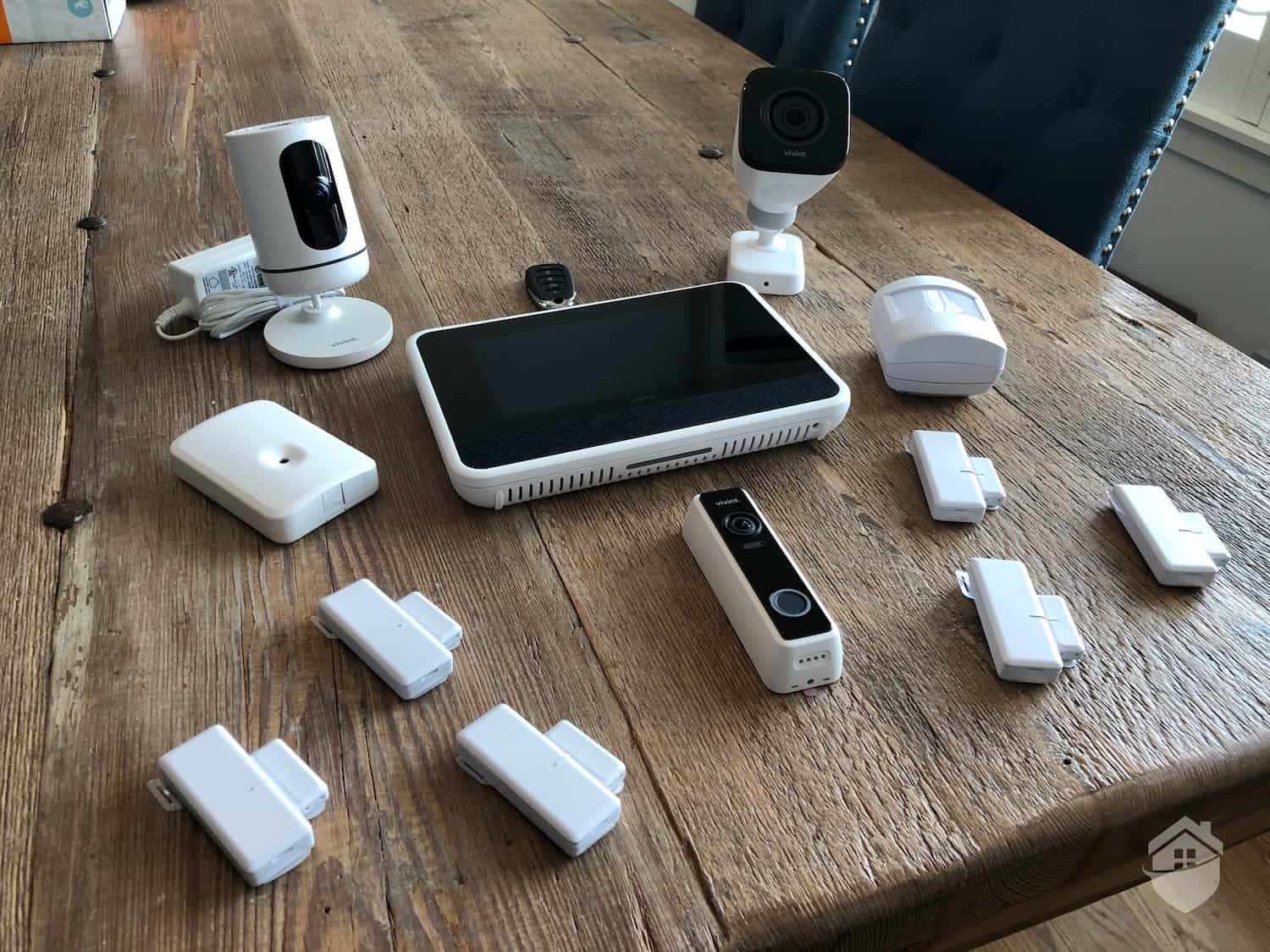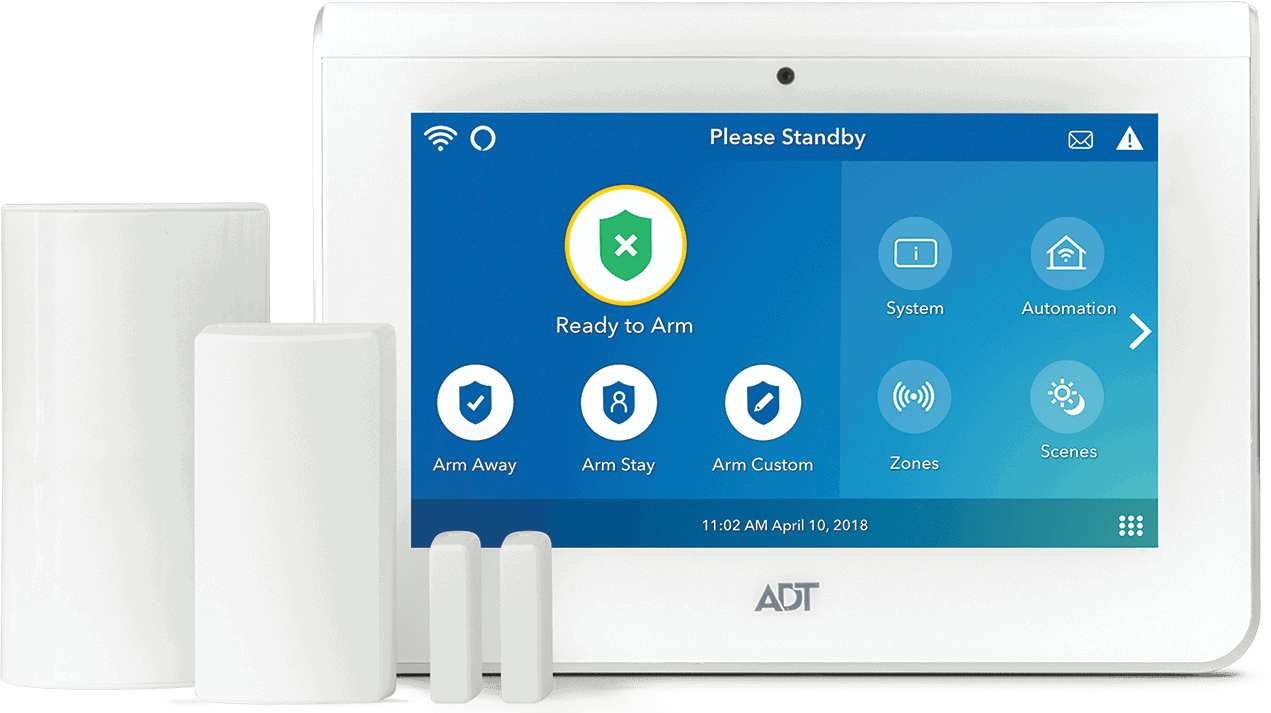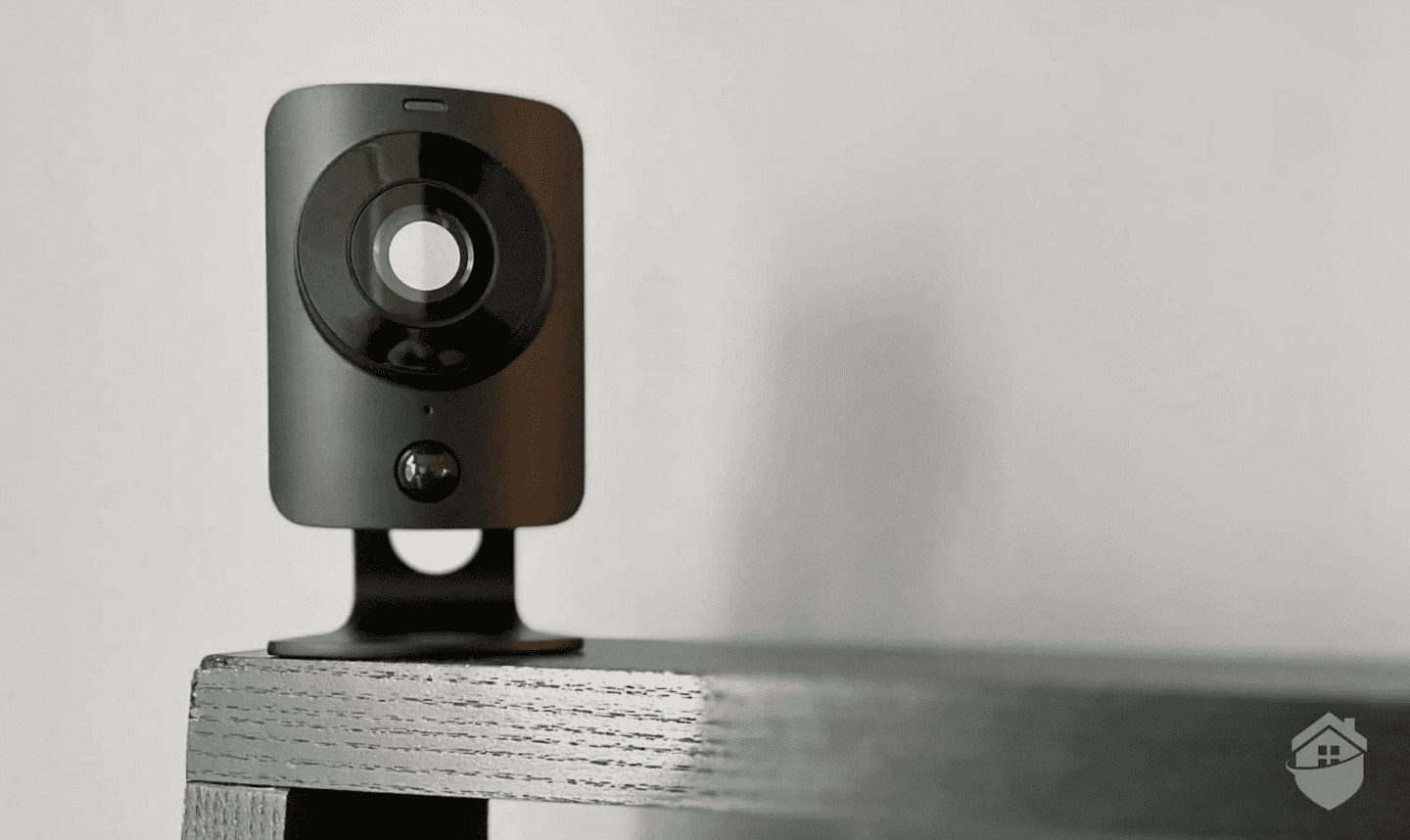Pricing
abode offers very affordable home security options. How affordable? You can get a complete system for just $139.99. That’s not a sale price; it’s the everyday retail price. abode’s most expensive kit, the Iota All-in-One, is just $379.99. You can add an abode Cam 2, which works both indoors and outdoors, for just $60 more. (See our abode Cam 2 review for more.) That’s $40 cheaper than SimpliSafe’s SimpliCam.
Monitoring is equally affordable with abode. For starters, you can self-monitor for free, and you can’t get much cheaper than free. But, like SimpliSafe, abode allows you to ramp up your monitoring when you need to. Add video recording for just $5.83 per month, about half of what SimpliSafe charges. Or, you can get full professional monitoring, 24/7, 365 days a year, for – get this – $12 per month. Almost makes it a shame to self-monitor.
>> See for Yourself: abode vs. SimpliSafe
Equipment
abode offers a wide range of devices, from motion sensors to glass break sensors. It’s always pushing the envelope, as with its brand-new abode lock featuring a Bluetooth keypad and fingerprint access. It’s among the best smart locks out there.
abode’s standout equipment is the iota Hub. With a built-in camera and motion sensor, this hub is definitely unique among other home security systems we’ve tested. So kudos to abode for its innovative approach to home security.
Unfortunately, abode’s camera selection is limited: there’s just one model for both indoor and outdoor use and one video doorbell. All abode equipment works through Z-Wave technology, so it integrates seamlessly with Google Home, Amazon Alexa, Apple HomeKit, and thousands of smart home products.
Monitoring
Like SimpliSafe, abode offers a range of monitoring options. You can, of course, self-monitor for free. Why else would we have included the company on this list? The free Basic plan includes push notifications, live video streaming, and the ability to turn the system on and off using the app.
The real icing on the cake is that you get smart platform integration with abode. A lot of companies don’t even offer that, and those that do typically charge a premium fee. For example, if you want smart features from Vivint, it’ll cost you at least $45 per month. Even SimpliSafe requires you to sign up for a $20-per-month monitoring plan if you want to run your system through Alexa or Google Home.
Our Experience Testing abode
abode integrates with a ridiculous number of smart devices. It’s not just that you can hook your system up to Google Home or Alexa and use your voice to operate it. You can also connect it to Apple HomeKit, which even Vivint doesn’t allow.
FYI: Abode is Z-Wave compatible. Z-Wave technology gives you access to thousands of smart home devices, from thermostats to toaster ovens, and the company even manufactures its own devices. You can get smart light bulbs, smart plugs, and even a smart lock for your front door. You can build an entire smart world and never have to pay abode a cent in monitoring fees.
Our favorite aspect of abode is that it works with IFTTT. In fact, it makes our list of the best security systems for IFTTT. If you don’t know the If This Then That platform, it lets you create sophisticated routines connecting all your smart devices. All we had to do at bedtime was say, “Alexa, good night,” and it turned off our lights, armed our abode system, and played a little Miles Davis to send us off to dreamland. “Kind of Blue” in our ears and no worries about our security? That’s a good night’s sleep.
abode doesn’t have the same level of equipment as some of the bigger security systems. There’s only one camera, the Cam 2, which has to do double duty as an indoor and outdoor camera. In our tests, we found it’s not great at either role. And we had to install our own system on our own, so we didn’t get the kind of white glove treatment we got from ADT or Vivint. If you’re looking to save money, though, abode offers genuine security at an affordable price.
